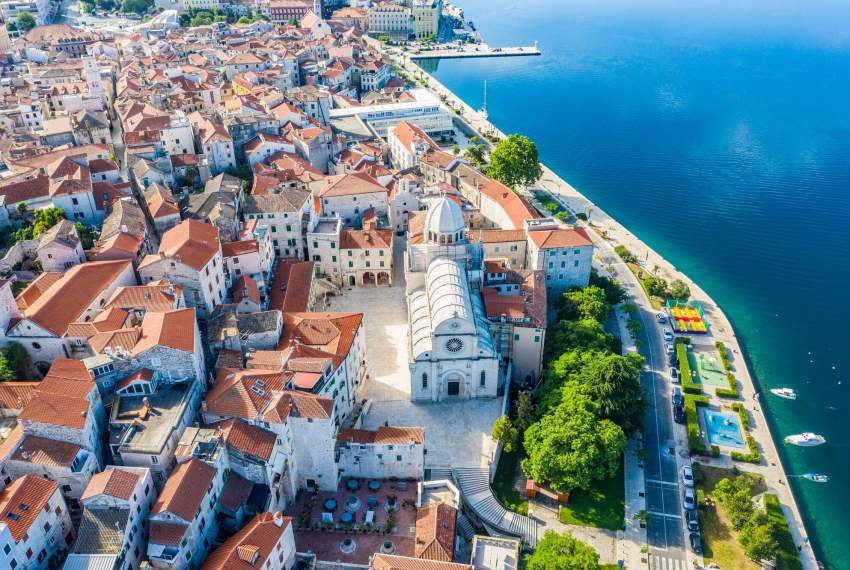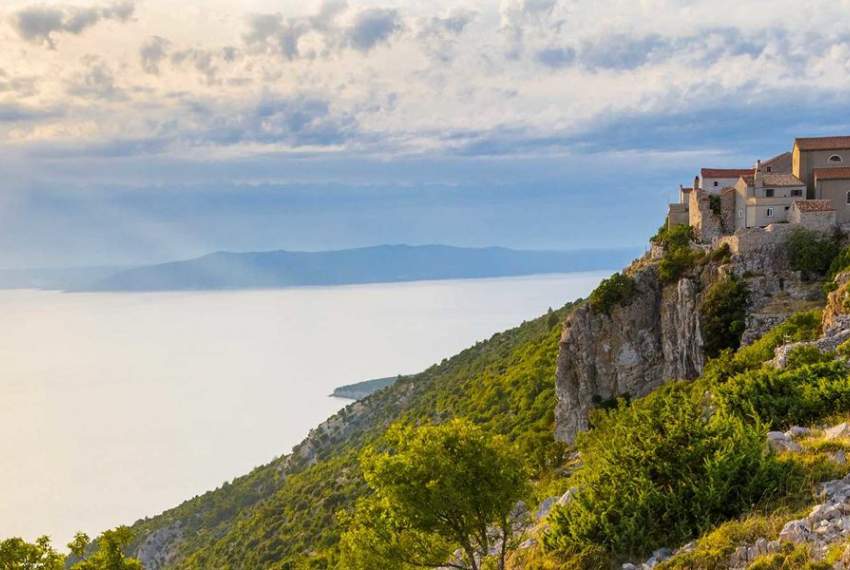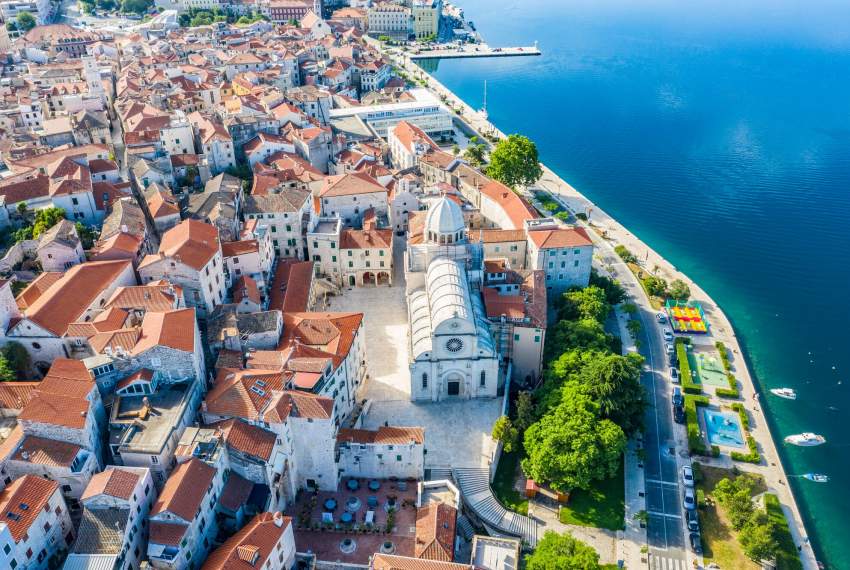Exploring Cultural Heritage: History and Landmarks of Kvarner and Northern Dalmatia
Throughout the ages, Croatia has been shaped by various civilizations - from the Illyrians, Romans, the Republic of Venice, to the Habsburg Monarchy. Kvarner and Northern Dalmatia bear witness to these times, offering a unique combination of historical sites, cultural events, and excellent accommodation options.
Kvarner: The Hidden Gem of the Northern Adriatic
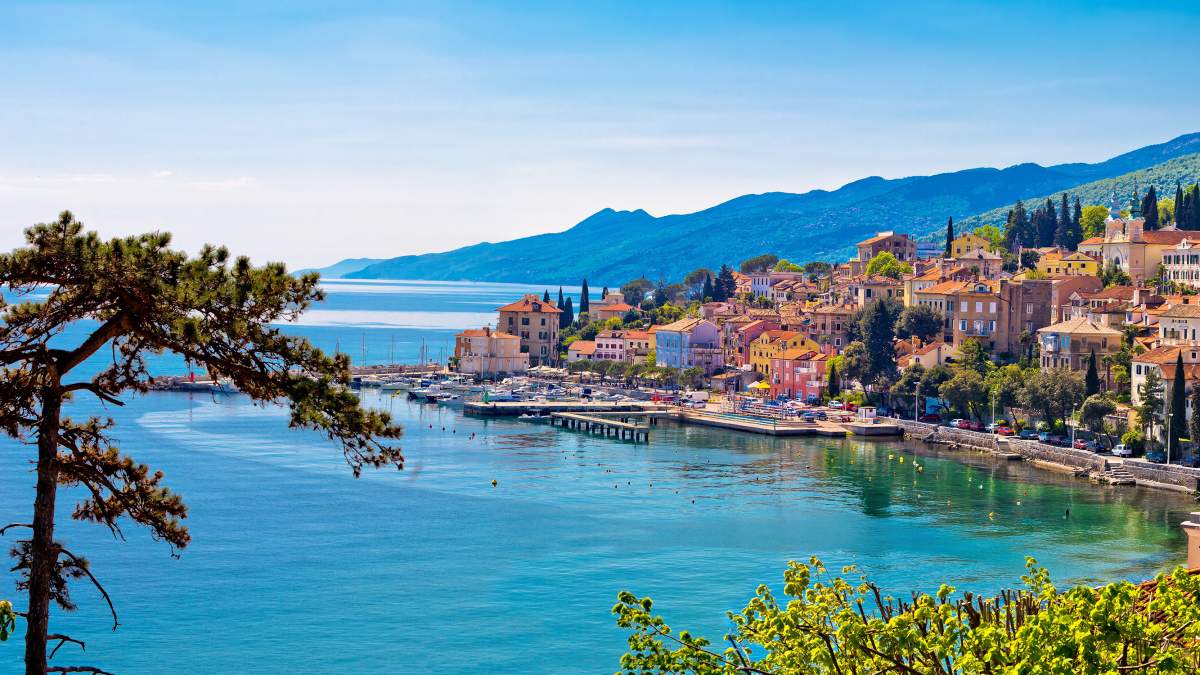
source: https://www.thetimes.co.uk/article/rijeka-croatia-2020-travel-guide-0p36dfjhg
Rijeka - European Capital of Culture 2020
Rijeka, known as a commercial port during the Austro-Hungarian Monarchy, was the first Croatian port to connect Central Europe with the Mediterranean. Trsat Castle, dating from the pre-Romanesque period, offers panoramic views of the city. The Maritime and History Museum testifies to its trading and industrial days, including the history of the "Torpedo", the first self-propelled torpedo invented in Rijeka.

source: https://croatia.hr/en-gb/islands/cres
Lubenice on Cres
Located on the northwest part of Cres Island, ancient Lubenice is perched on a stunning cliff, providing a spectacular view of the endless blue sea. This small but captivating settlement, founded in the Bronze Age, not only stands as an example of early urbanization in the Adriatic but also testifies to the resilience and adaptability of its inhabitants through the ages. Upon entering Lubenice, visitors are greeted by narrow stone-paved streets winding through the village, reflecting the ancient spirit and architectural heritage. Many of these stone houses, though centuries old, still stand proudly, attesting to the skill and knowledge of the builders who designed them. The 15th-century Church of St. Anthony is also a part of Lubenice's historical landscape. Its simple, yet robust architecture offers insight into the spiritual lives of past residents.
Northern Dalmatia: History at Every Turn

source: https://www.zlavomat.sk/vylety/2232-sibenik
Šibenik and the Cathedral of St. James
In addition to being founded in the 9th century, Šibenik was the first city in the world to receive public lighting via electric lamps on August 28, 1895. The Cathedral of St. James is exceptional
for its use of stone from nearby islands and its mortarless construction method.
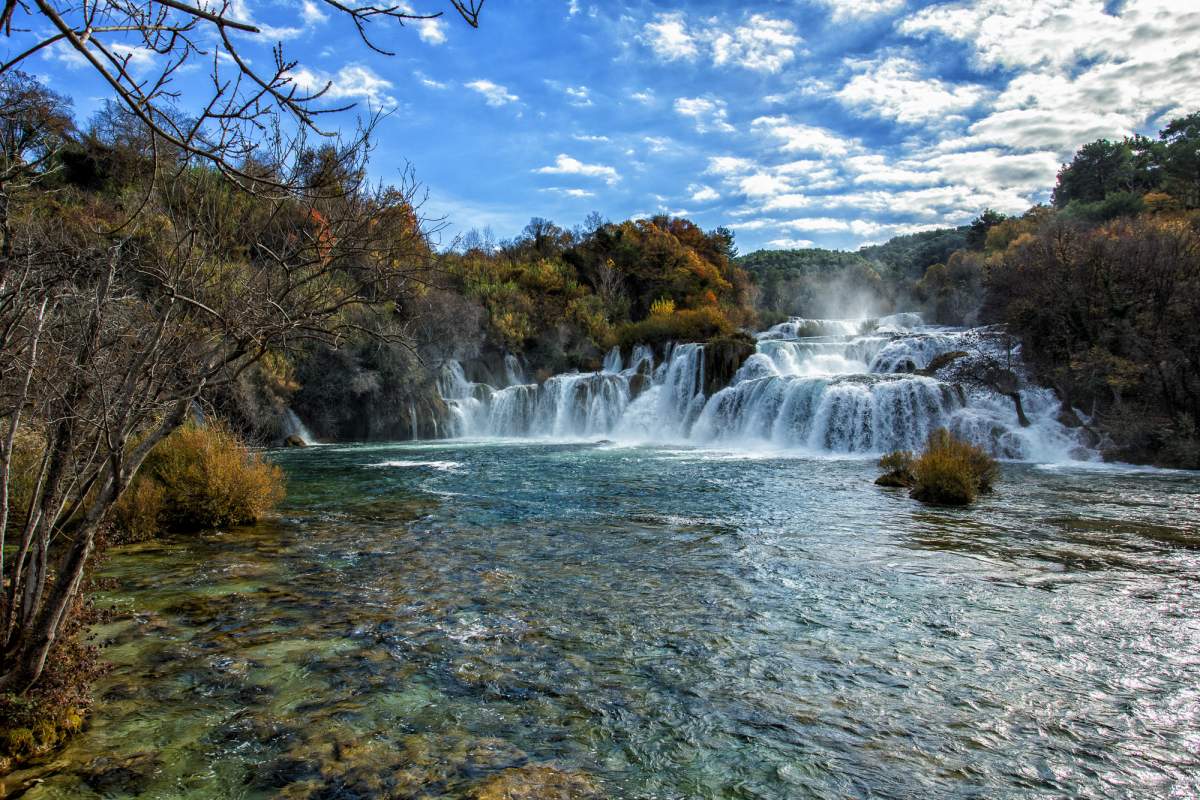
source: https://www.npkrka.hr/
Krka National Park
Located near Šibenik, Krka National Park is renowned for its series of beautiful waterfalls and fairy-tale natural beauty. Beyond its natural wonders, the park also hosts a cultural-historical heritage. The Franciscan monastery on Visovac Island, situated in the middle of Lake Visovac, was founded in the 14th century and has served as a spiritual center of the region for centuries. The island and the monastery offer a serene refuge and a picturesque setting for meditation and contemplation.
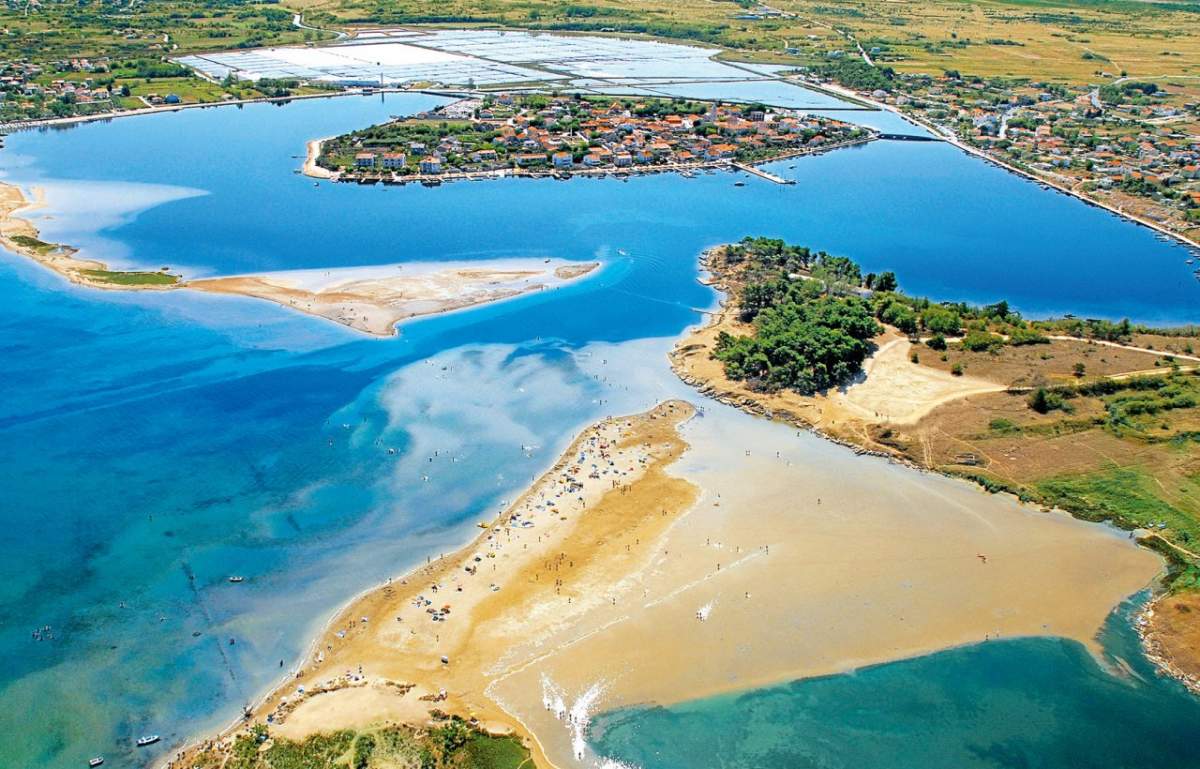
source: https://www.zadar.hr/en/destinations/nin-riviera/nin
Nin – Croatia's oldest royal city
Nin, situated on a small islet in a lagoon, has historically been an essential political, religious, and cultural center of Croatia. Besides being the center of Croatia's first diocese, Nin is renowned for its salt pans. The salt pans of the Nin lagoon testify to the millennia-old tradition of salt extraction through the natural evaporation method of sea water. Visitors can participate in the salt-harvesting process and experience the authenticity of this ancient craft.
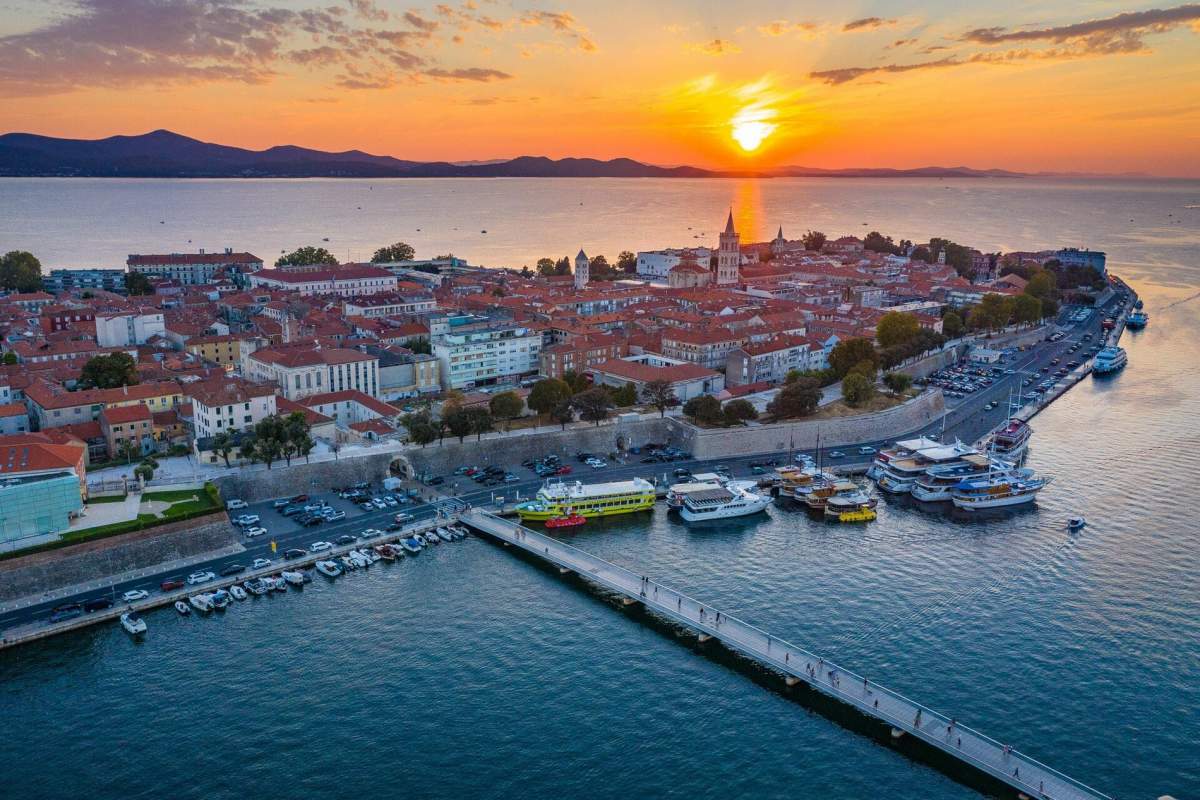
source: https://www.nationalgeographic.co.uk/travel/2022/02/why-travellers-should-visit-zadar-croatia-in-2022
Zadar
With a rich history spanning over 3000 years, Zadar has been host to many civilizations, from the Illyrians and Romans to the Croats. In Zadar, one can find the Roman Forum from the 1st century BC, one of the best-preserved on the eastern Adriatic. The Zadar Archaeological Museum houses and displays a rich collection of artifacts, attesting to the city's rich cultural heritage through various historical periods.
Kvarner and Northern Dalmatia are not just tourist destinations for their natural beauty. They are living museums of Croatian history and culture. And best of all, whether you're a history
enthusiast or looking for the perfect vacation spot, these regions offer a wide range of accommodation options to make your stay unforgettable.





